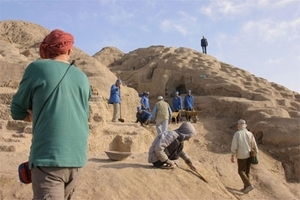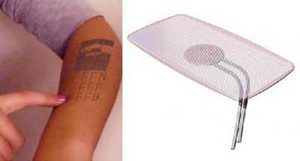· US eyes 2000SG344 for Armageddon-type mission
· Rock seen as stepping stone to deep spaceIt was once considered the most dangerous object in the universe, heading for Earth with the explosive power of 84 Hiroshimas. Now an asteroid called 2000SG344, a lump of rock barely the size of a large yacht, is in the spotlight again, this time as a contender for the next giant leap for mankind.

|
| ©Science Photo Library / Guardian
|
| Initial calculations showed that there was a chance that the asteroid Apophis would strike Earth at its close approach on April 13 2029.
|
Nasa engineers have identified the 1.1m tonne asteroid, which in 2000 was given a significant chance of slamming into Earth, as a potential landing site for astronauts, ahead of the Bush administration's plans to venture deeper into the solar system with a crewed voyage to Mars.


